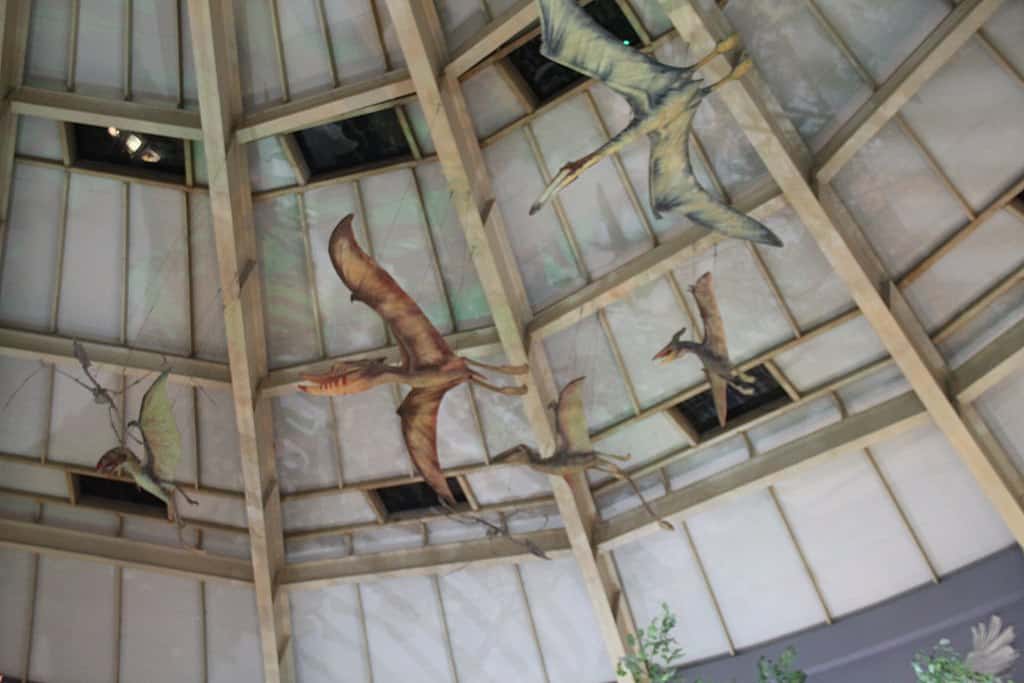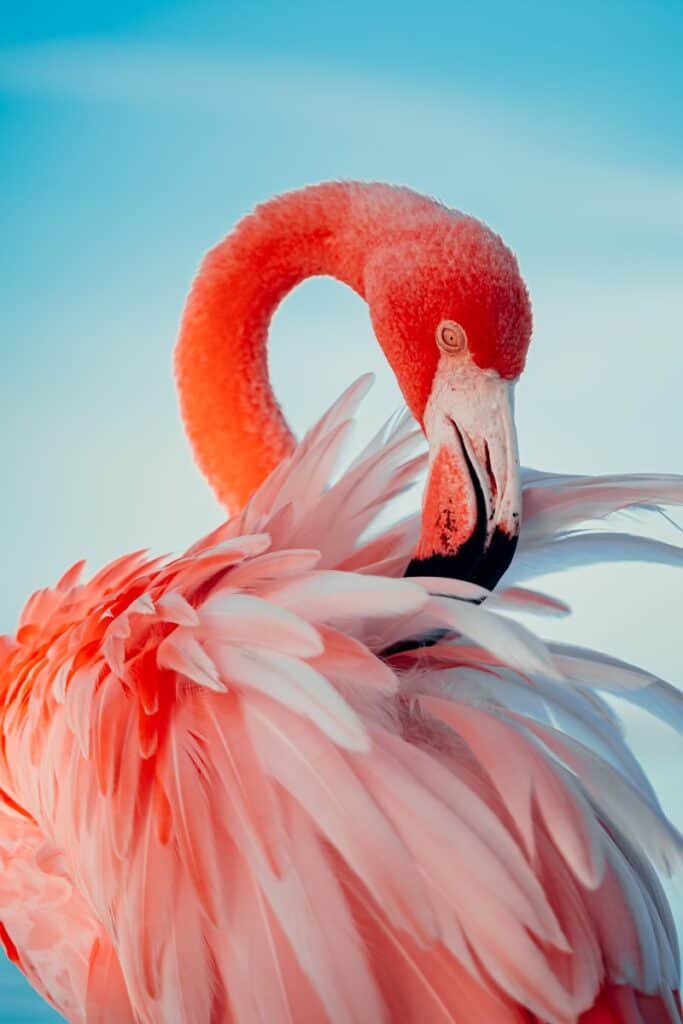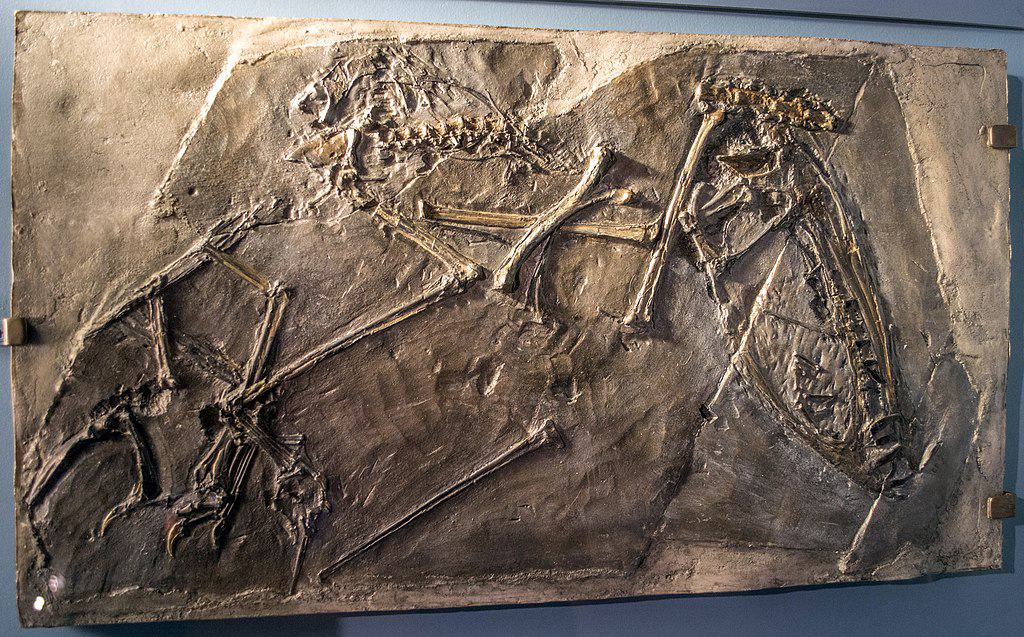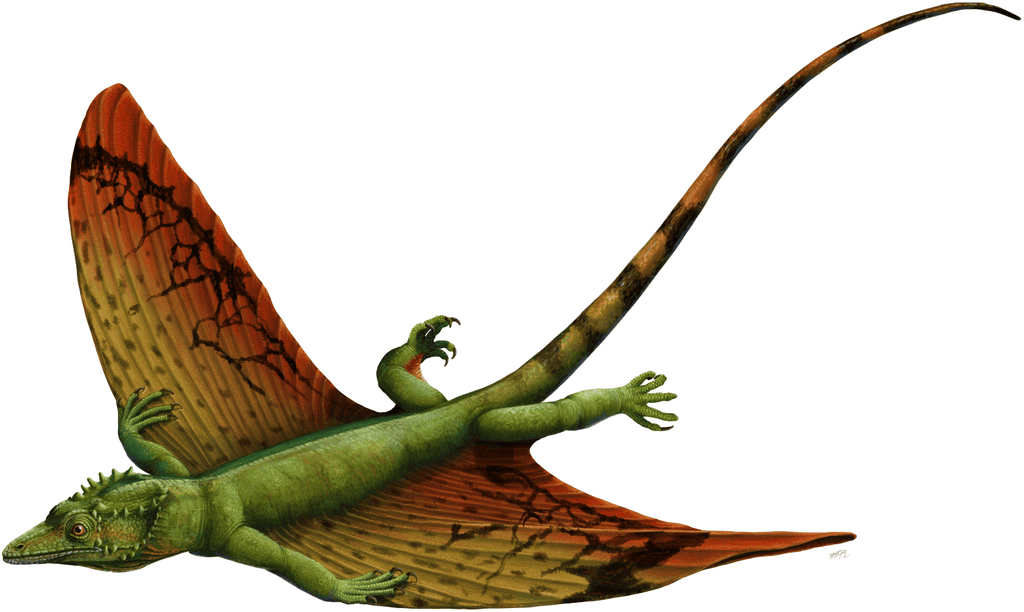The Mesozoic Era, often referred to as the “Age of Reptiles,” was a time of incredible biodiversity and evolutionary milestones. Among these were the pterosaurs, the first vertebrates known to have developed powered flight. Despite being overshadowed by their terrestrial dinosaur counterparts in popular media, pterosaurs played a crucial role in the prehistoric ecosystems that spanned over 150 million years. This article delves into the fascinating evolution of these remarkable flying reptiles, exploring their origins, adaptations, and eventual extinction.
Origins of the Pterosaurs

The pterosaurs emerged in the late Triassic period, around 228 million years ago. They are believed to have evolved from small, wingless reptilian ancestors. The transition to flight, a complex process that involved significant anatomical transformations, gave rise to the earliest forms of pterosaurs. Unlike birds or bats, pterosaurs had a unique flight apparatus that included elongated fourth fingers and wing membranes extending from their bodies to their wingtips.
Anatomical Innovations

Pterosaurs exhibited a variety of anatomical adaptations that enabled them to become efficient fliers. Their bones were lightweight and filled with air sacs, reducing weight without compromising strength. The distinctive crest on their heads, which varied between species, may have played a role in flight dynamics, mating displays, or thermoregulation. Additionally, their wings, formed by membranes of skin, muscle, and other tissues, allowed them unparalleled maneuverability in the air.
Diversity and Adaptations

Over millions of years, pterosaurs diversified into a wide range of species, each with specialized adaptations suited to their environments. They ranged from small, sparrow-sized pterosaurs to the gigantic Quetzalcoatlus, with wingspans reaching up to 40 feet. This diversity illustrates their ability to exploit different ecological niches, from insect hunting to piscivory and even scavenging.
Feeding Habits and Diet

Pterosaurs exhibited a variety of feeding strategies, influenced by their diverse environments. Some smaller species were insectivores, using sharp teeth or beaks to catch prey. Others, like the Pteranodon, were piscivorous, swooping down to snatch fish with long, pointed beaks. Certain pterosaurs, equipped with large crest-like structures and beaks, may have been filter feeders similar to flamingos, feeding on small aquatic organisms.
Social Behavior and Living Environments

While the fossil record provides limited direct evidence of social behavior, some findings suggest that certain pterosaur species lived in colonies. These colonies may have functioned as breeding grounds, much like modern seabird rookeries. The habitats of pterosaurs were equally varied, ranging from coastal areas and inland waterways to deserts and forests, indicating their adaptability to a multitude of environmental conditions.
Flight Mechanics and Capabilities

The flight of pterosaurs was a marvel of natural engineering. Their ability to launch into the air was facilitated by powerful hind limb musculature. Once airborne, pterosaurs utilized a combination of flapping and gliding techniques, depending on the species and environmental conditions. Their large wingspans and specialized wing structure allowed for dynamic flight, making them adept at soaring across vast distances with minimal energy expenditure.
Reproductive Strategies and Nesting

Recent discoveries have shed light on the reproductive strategies of pterosaurs. Fossil evidence, including nests and eggs, suggests that they laid relatively small, leathery eggs, similar to those of modern reptiles. Some species may have practiced parental care, with adults protecting and nurturing their young post-hatching. This care could have been crucial for the survival of hatchlings in a competitive prehistoric ecosystem.
Comparative Anatomy with Modern Flyers

While pterosaurs were contemporaries of the birds and bats that eventually succeeded them, their anatomy reflects a distinct evolutionary path. Unlike birds, pterosaurs lacked a keeled sternum for muscle attachment, relying instead on robust shoulder girdles and unique wing structures. Comparatively, bats, which emerged long after the extinction of pterosaurs, achieved flight through different skeletal modifications, primarily involving the elongation of their digits.
Paleontological Discoveries and Research

The study of pterosaurs has experienced significant advancements over the past few decades, with new fossil discoveries providing deeper insights into their biology and evolution. Sites such as the Solnhofen limestone of Germany and the Santana Formation in Brazil have yielded exceptionally well-preserved specimens, allowing researchers to study the fine details of pterosaur anatomy and behavior. These findings continue to reshape our understanding of these remarkable creatures.
Theories on Extinction

Like many other prehistoric species, the pterosaurs met their demise at the end of the Cretaceous period, approximately 66 million years ago. This extinction event coincided with the impact of a massive asteroid, leading to drastic environmental changes. While some small species might have temporarily survived, the dramatic loss of biodiversity and alteration of ecological niches likely led to their ultimate extinction, alongside the dinosaurs.
Legacy and Influence on Popular Culture

Pterosaurs have captured the human imagination, featuring prominently in films, literature, and art. Their portrayal as majestic, often-maligned creatures reflects humanity’s fascination with the concept of flight and the prehistoric past. While creative depictions sometimes stray from scientific accuracy, they underscore the enduring legacy of pterosaurs as icons of the Mesozoic Era.
The Continuing Study of Pterosaurs

Despite their extinction, pterosaurs continue to inspire scientific inquiry and discovery. Advancements in technology, such as CT scanning and 3D modeling, allow paleontologists to reconstruct these animals with unprecedented detail. As new findings emerge, the story of pterosaurs becomes richer and more complex, highlighting their remarkable journey from grounded ancestors to the skies of the Mesozoic.
In conclusion, the evolution of pterosaurs is a testament to the incredible diversity and adaptability of life on Earth. From their humble beginnings to their status as dominant aerial predators, pterosaurs’ journey through the ages remains a fascinating chapter in the story of life, one that continues to inform and inspire scientists and enthusiasts alike.
- 10 Most Endangered Birds in the U.S. and Where to Find Them - August 9, 2025
- 15 Tips for Managing Spider Infestations During Storm Season - August 8, 2025
- How Superstorms Have Reshaped Coastlines Over Time - August 8, 2025

